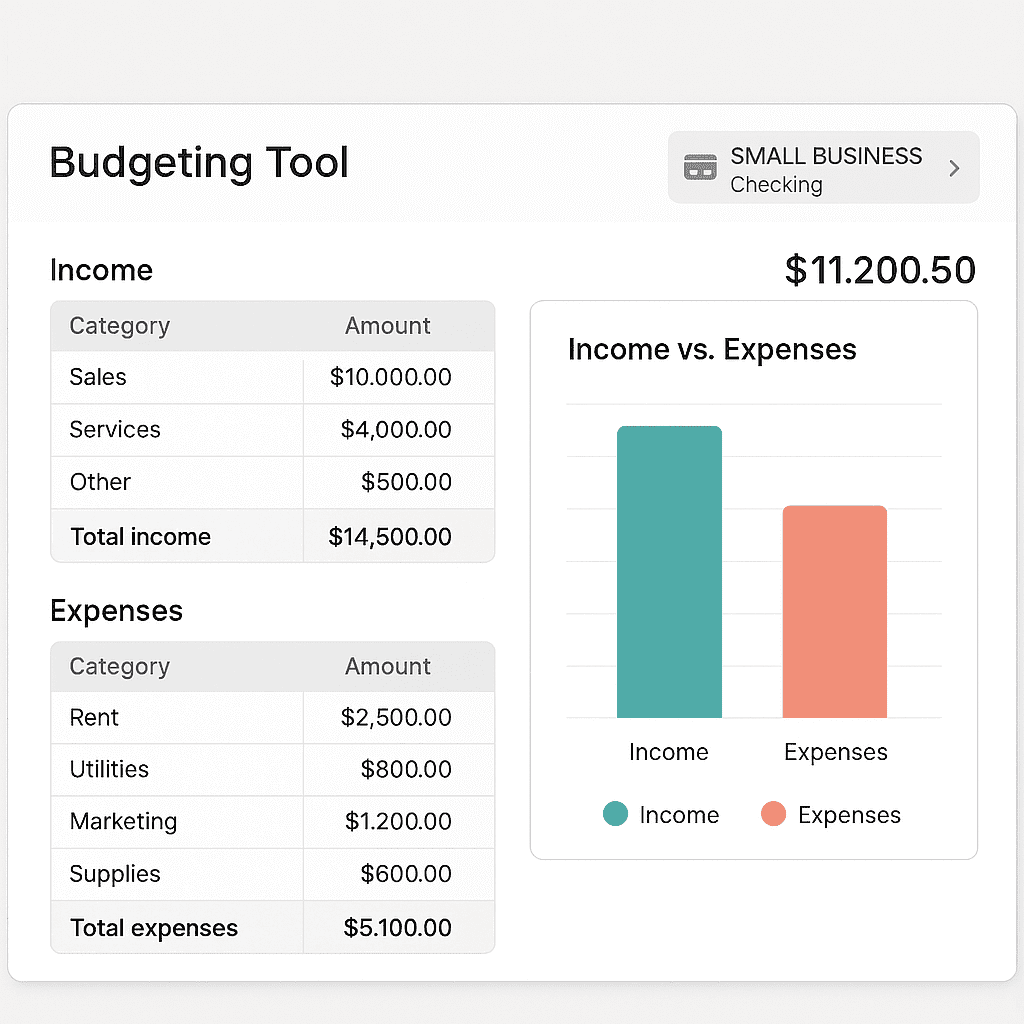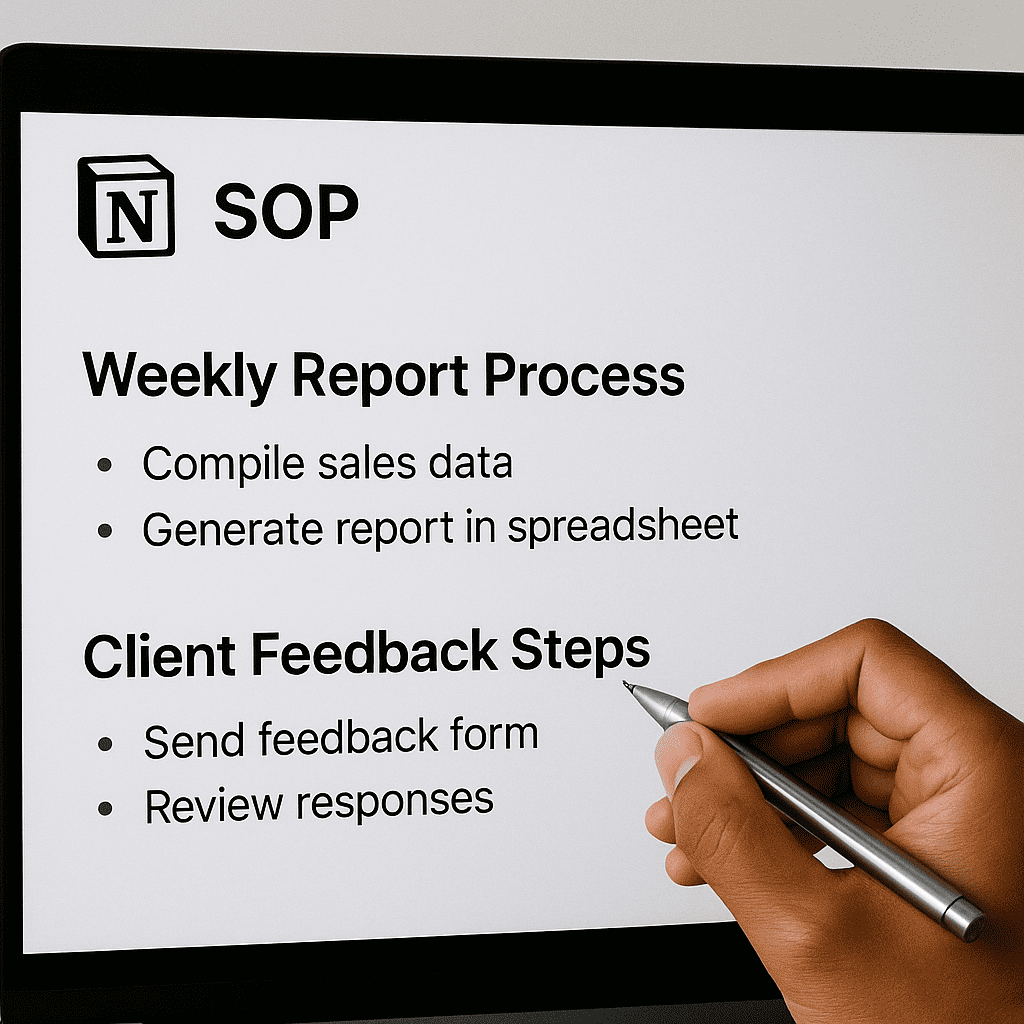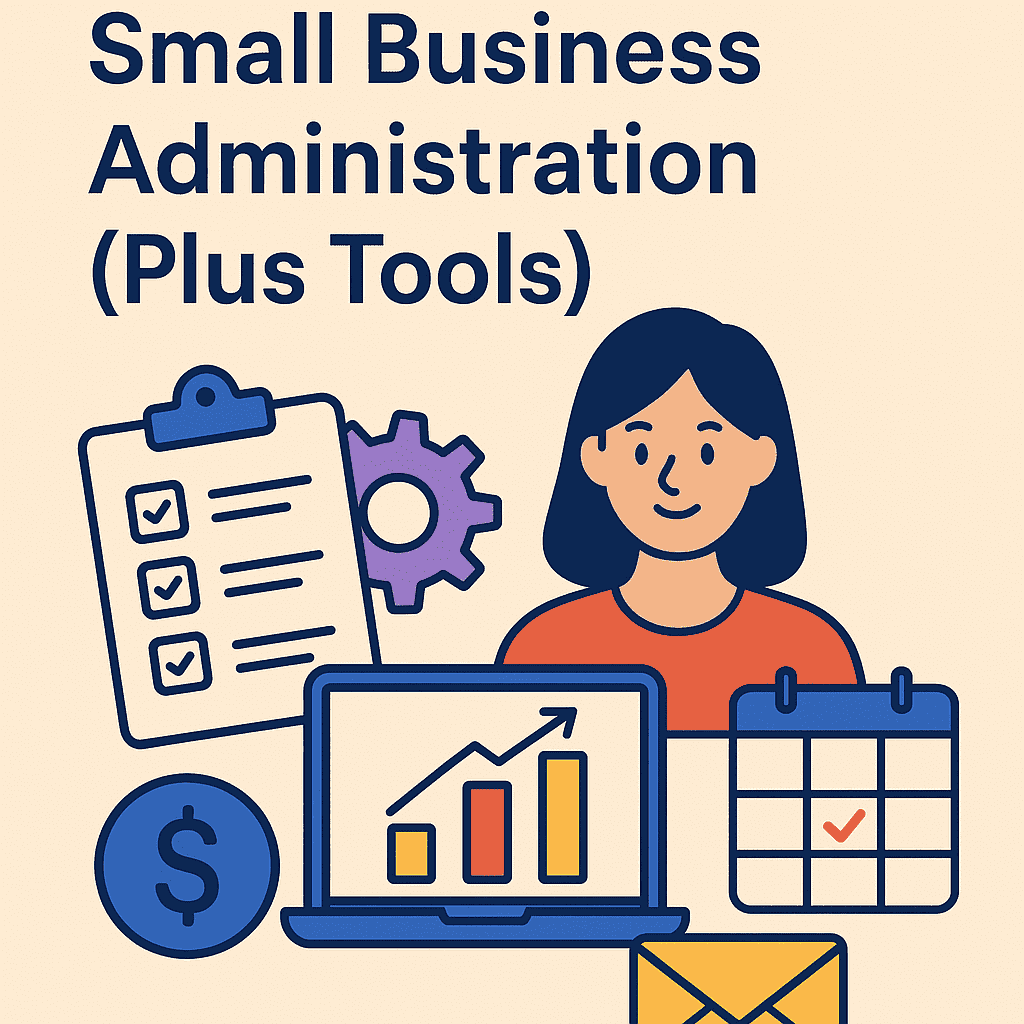Running a small business is exciting until it starts turning to chaos.
You’ve got client work, invoices, content to post, and deadlines… but no clear system to hold it all together.
I learned this the hard way. For months, I kept “winging it,” thinking I’d organize things once I grew. Spoiler: I was already behind.
Turns out, small business administration isn’t just paperwork—it’s the stuff that saves your sanity.
Once I set up a few simple tools, everything shifted. Less stress. Fewer dropped balls. More time to focus on growth.
In this post, I’ll walk you through five admin tools I wish I’d started using sooner.
Let’s make your business run smoother—starting now.
Table of Contents
My 5 Game-Changing Small Business Administration Systems
Running a business gets messy fast when you don’t have systems in place. But once you set up the right tools, things start to click. You work smarter. You breathe easier.
Here are my 5 highly effective recommendations for you.
1. Set Up a Simple Client Onboarding Checklist
Let’s start with the client onboarding chaos.
You sign a new client, you’re excited, and then… you’re scrambling.
Where’s the contract template?
What’s the next step again?
Did they send the deposit?
I lived like that for way too long. And it cost me—time, money, and a lot of unnecessary stress.
Eventually, I created a repeatable onboarding checklist in Notion. It included:
- A contract link
- A payment link
- A welcome email template
- What I needed from the client (assets, logins, etc.)
- The project kickoff date
Now, every new client follows the same steps. No second-guessing. No chasing things around in my inbox.
If you’re using Google Docs or Notion, build a simple template once. Then copy it for every new project.
Tool Recommendation:
🛠️ Notion (or Trello) – Great for customizable checklists and templates.
2. Track Actual Income and Expenses, Not Just Projections

Let’s be real. Most of us start with a cute Google Sheet and vibes.
I used to plan budgets like this:
“We’ll make X per month, spend Y, and have Z left over.”
Except… those numbers were almost never accurate.
Why?
Because planning isn’t tracking.
Eventually, I started tracking real numbers—every dollar in and out, in real time. That’s when I saw the truth. Some months looked okay on paper but were quietly bleeding cash.
The fix? A tool that connects to my bank and shows actual cash flow. Not just projections.
Tool Recommendation:
🛠️ Wave (free) or QuickBooks Self-Employed – Both let you track income/expenses and create basic reports.
Bonus tip: Set a 30-minute budget check every Friday. It’ll save you from surprises.
3. Organize Your Files with Clear Names and Folders
This one snuck up on me.
At first, it was just a few client folders and random docs. No big deal. Then one day I spent 25 minutes looking for a logo file—and I’d named it “finalfinal_V2_USE_THIS_ONE.png.”
That was the moment.
Now, every project and file follows one rule:
If I disappeared today, someone else should be able to find everything in 2 minutes.
Here’s how I organize things:
- A master folder for each client or project
- Subfolders: “Admin,” “Assets,” “Deliverables,” “Archive”
- Clear file names like “Social_Calendar_July2025.pdf” instead of “newdraft2.pdf”
It’s boring. But it works.
Tool Recommendation:
🛠️ Google Drive (with a clear folder structure)
🛠️ Bonus: Use Naming conventions (seriously, they’re underrated)
4. Document Your Repeated Tasks Step-by-Step

For a long time, I thought “Standard Operating Procedures” were for big teams.
But here’s what no one tells you:
If you’re doing the same task more than twice, you should write it down.
For example:
- How you publish a blog post
- How you respond to client feedback
- How you invoice at month’s end
The point isn’t to be fancy—it’s to save your brain from re-thinking every tiny step.
One Friday, I documented my blog publishing flow. The next week, I followed my own checklist and saved 40 minutes. That’s how it starts.
Tool Recommendation:
🛠️ Scribe (auto-docs your steps)
🛠️ Or just start a “How I Do Things” page in Notion or Docs
It doesn’t have to be pretty. It just has to exist.
5. Use Reminders for Recurring Tasks and Deadlines
If you’ve ever missed a renewal date, forgot a client deliverable, or scrambled before tax season—you need this one.
Small business administration gets overwhelming not because it’s hard, but because it’s easy to forget stuff. Especially the recurring stuff.
Things like:
- Annual domain renewals
- Quarterly tax payments
- Monthly client reports
- Contract renewals
You shouldn’t rely on memory. You need a recurring reminder system.
I use a simple digital calendar + recurring tasks. Every deadline lives somewhere outside my brain.
Tool Recommendation:
🛠️ Google Calendar or TickTick – Both support recurring events.
🛠️ Bonus: Add deadlines before they’re due so you have buffer time.
How It All Comes Together
Here’s the thing:
Most of the stress I felt early on didn’t come from doing too much.
It came from juggling too many things without systems.
Once I set up tools for repeat tasks, I had more headspace and less anxiety.
None of these tools are fancy.
They’re just consistent. And that’s the whole point.
When you’re running a small business, it’s not about finding the perfect app.
It’s about picking a few simple systems—and sticking to them.
Let’s recap what we covered:
🔁 Quick Recap
- Client onboarding: Make a repeatable checklist.
- Budget tracking: Monitor real money, not guesses.
- File organization: Name things clearly. Build smart folders.
- SOPs: If you do it more than twice, document it.
- Deadlines: Automate reminders. Stop trying to remember everything.
One Last Thought
If I could go back, I wouldn’t wait for “when I grow.”
I’d set up these systems right from the start—when things were still small and manageable.
That’s what makes a business feel less like a never-ending scramble and more like something you’re confidently running.
And if you’re feeling overwhelmed by admin stuff?
Start small. Pick one tool from this list and get it working for you this week.
And when it comes to converting leads to customers, my article on increasing conversion rate is your go to resource.




Pingback: 9 Costly Mistakes Entrepreneurs Make (And How to Avoid Them)